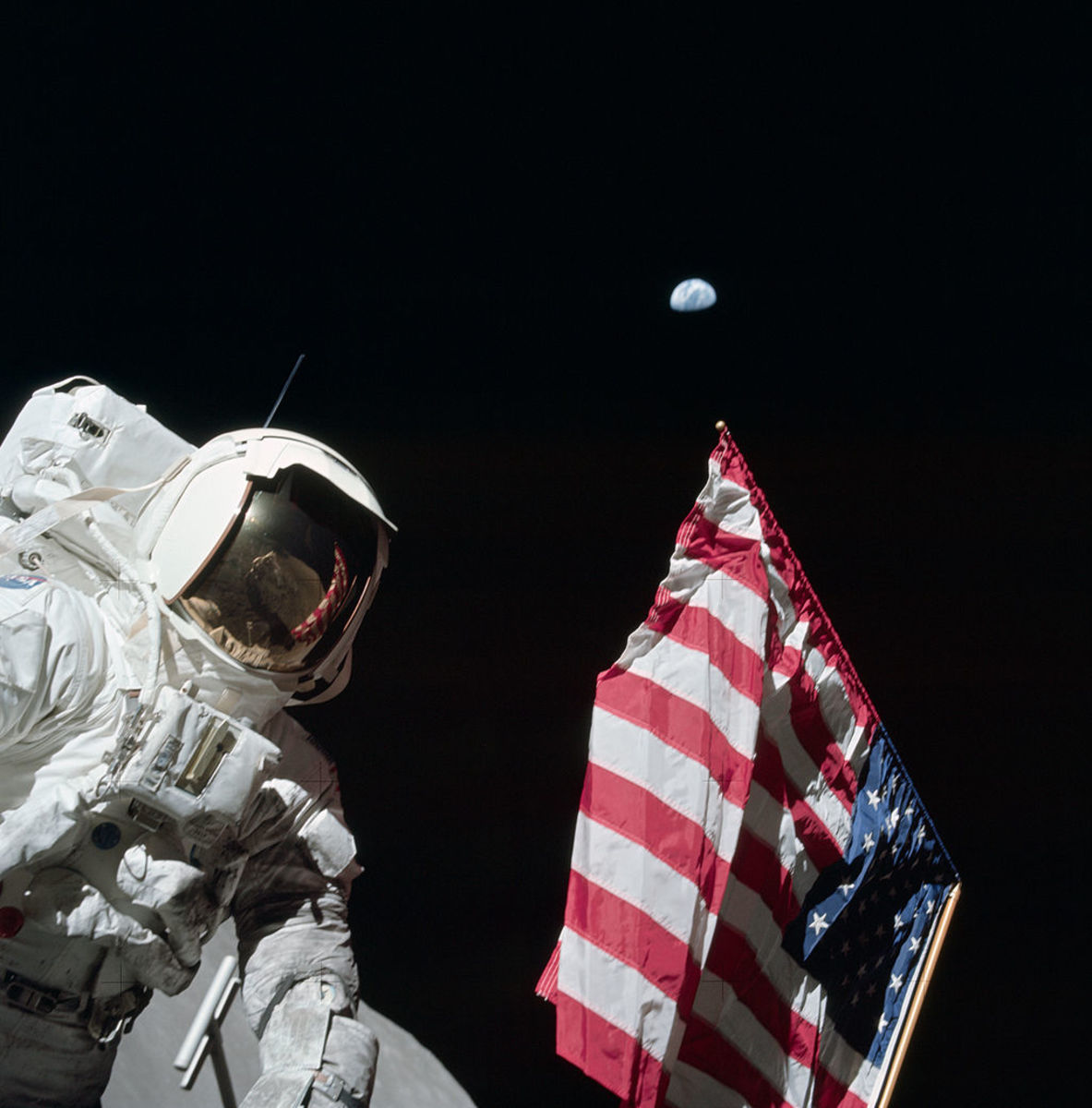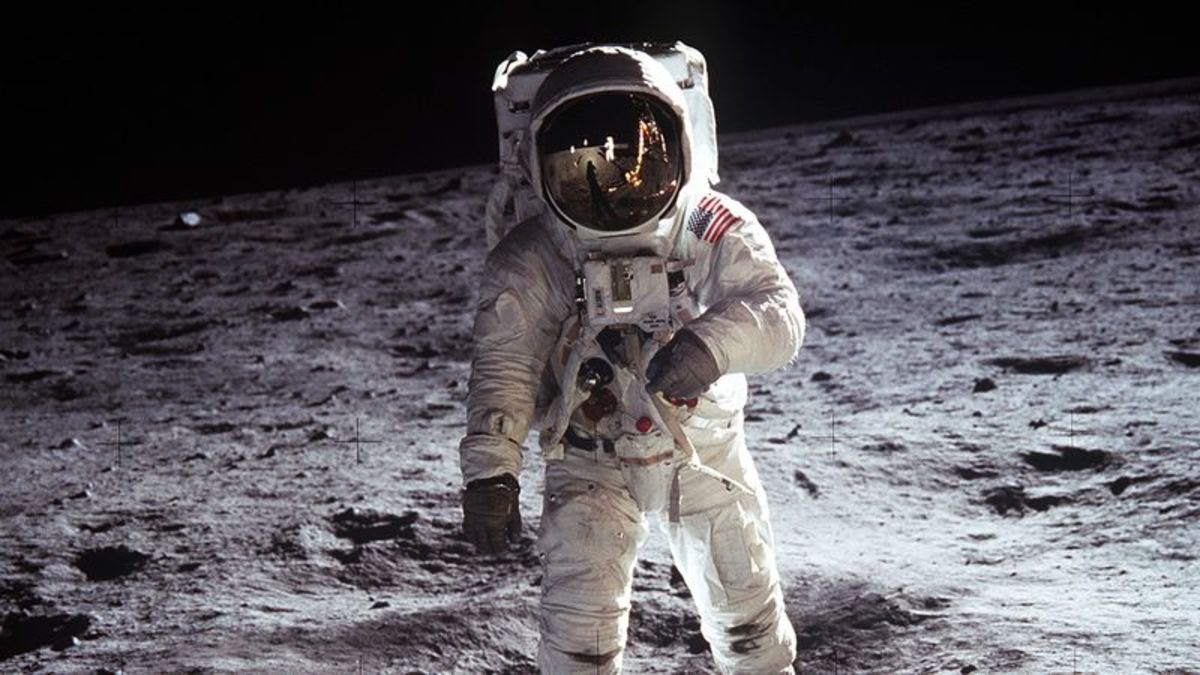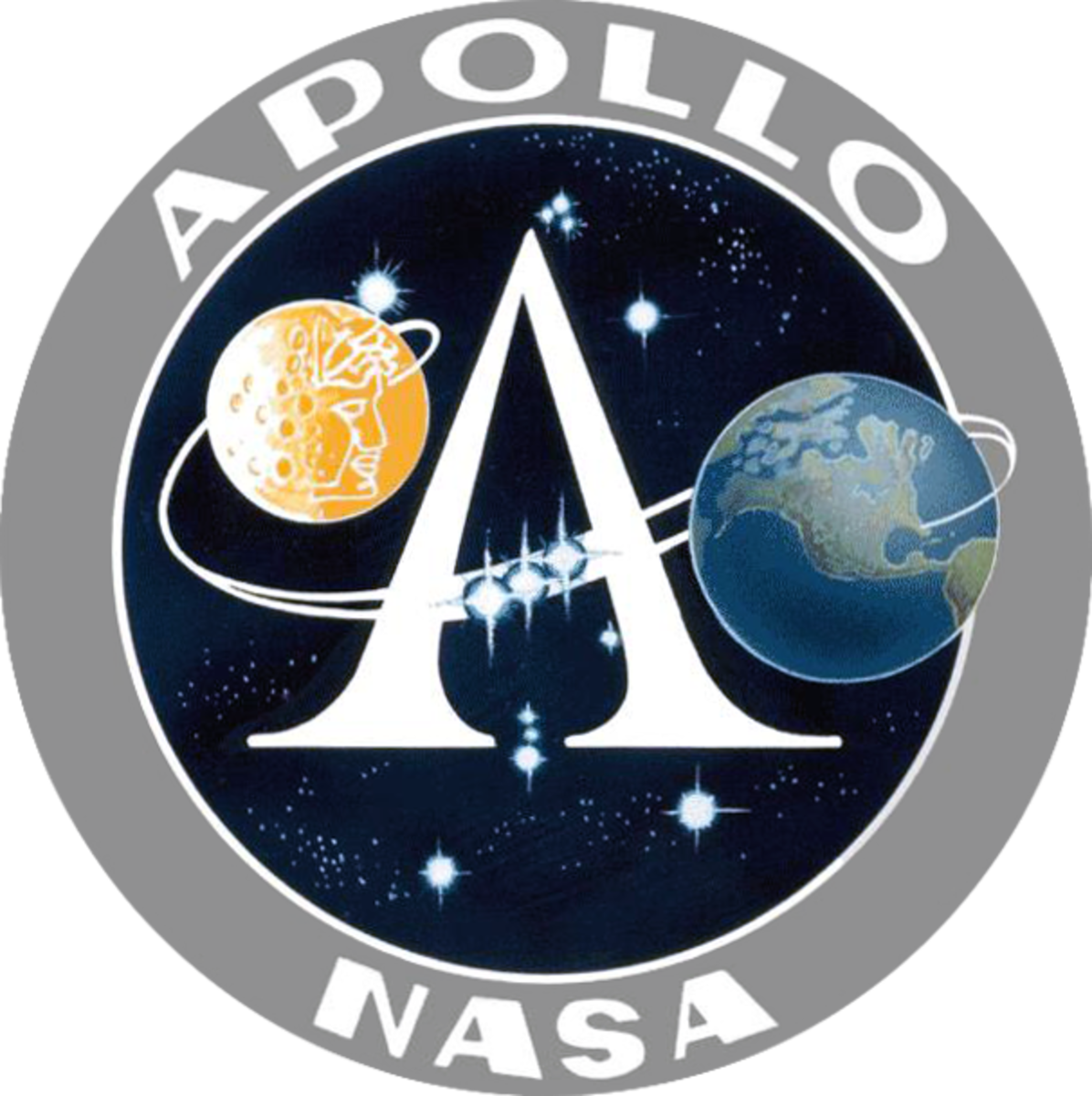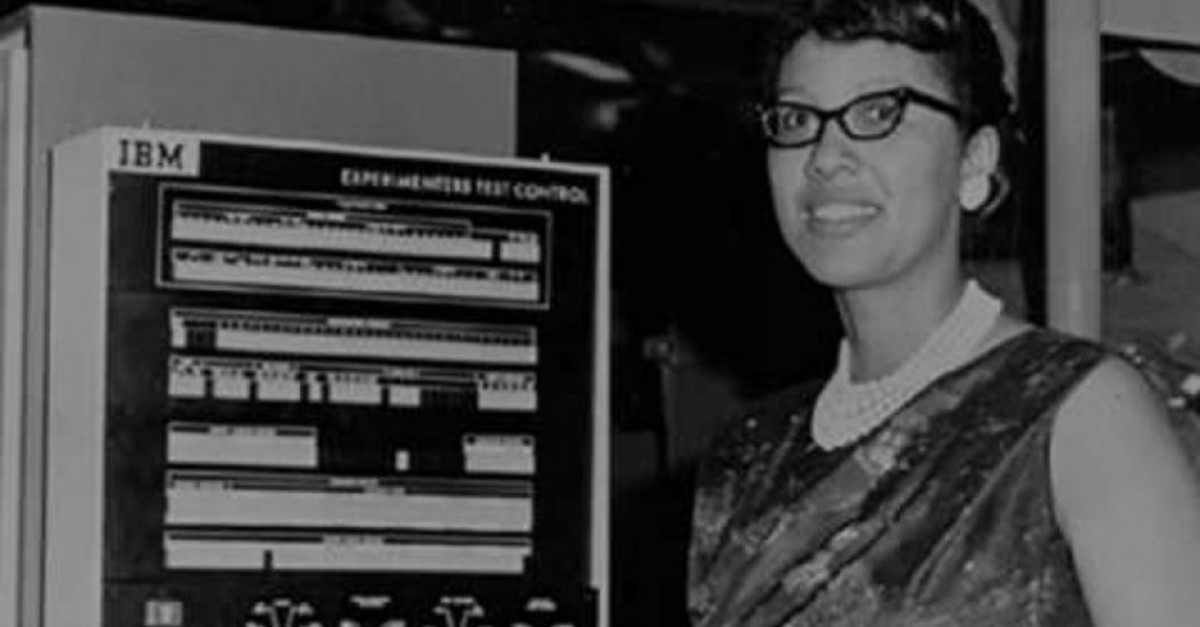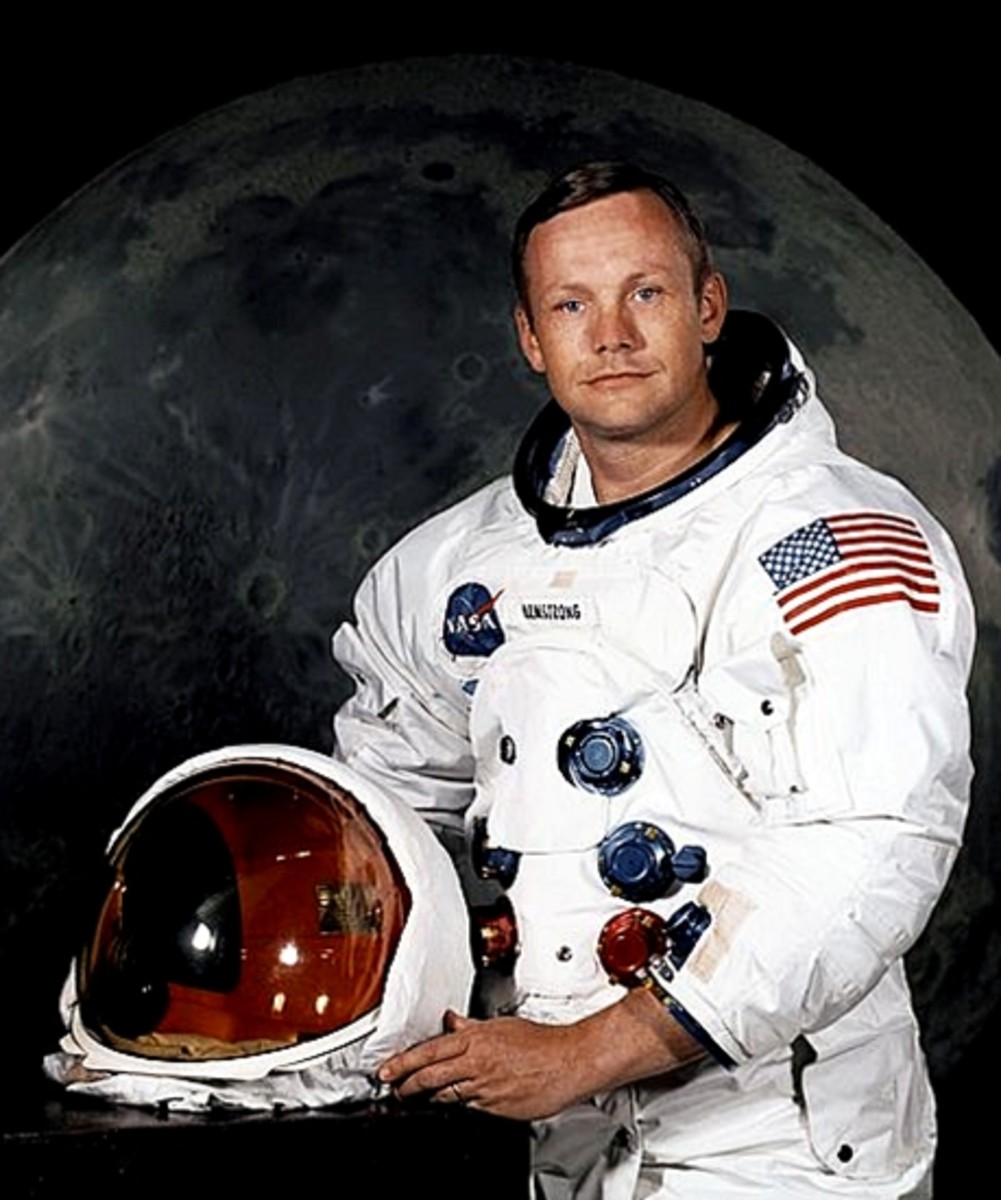The history of the Apollo program
"That's one small step for man. One giant leap for mankind."
- Neil Armstrong
Few words have ever caught the human spirit so effectively as these, and without the Apollo space program they would never have been uttered.
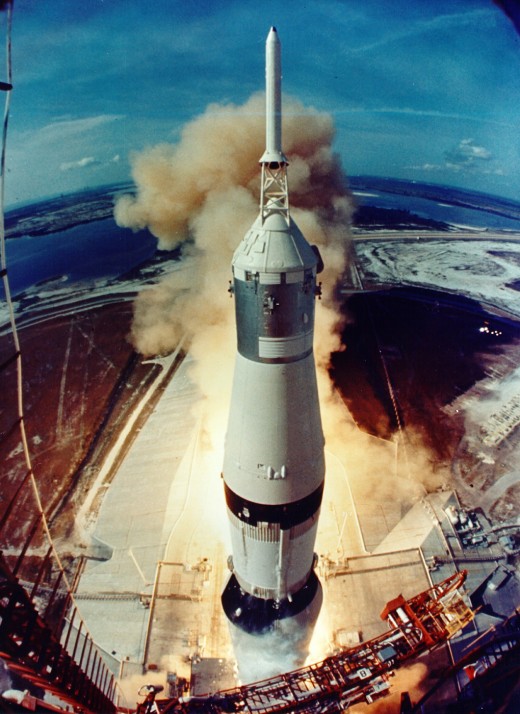
Program History:
The Apollo space program was born during the cold war and at the peak of the "space race" between the United States of America and the former Soviet Union. The Soviets had put the 1st artificial satellite into space (Sputnik I) as well as the 1st human (Yuri Gagarin). The United States was determined to beat the Soviets to the moon, in order to reverse the appearance of Soviet supremacy in space technology.
In 1961, President John F. Kennedy announced the United States' intent when he said, "I believe this nation should commit itself to achieving the goal, before this decade is out, of landing a man on the moon and returning him safely to the Earth."
Because of its response to the Cold War, the Apollo Program captured the American imagination and enjoyed strong political support.
It was a convergence of factors, such as political necessity, scientific and technical capabilities and a prosperous economy, that made a far reaching project like Apollo possible. Because of the nature of these factors at the time, Apollo's goals were more than just landing Americans on the Moon and returning them safely home again.
Project Goals:
The Apollo Project goals as defined by NASA (National Aeronautics and Space Administration) were:
- To establish the technology to meet other national interests in space.
- To achieve preeminence in space for the United States.
- To carry out a program of scientific exploration of the Moon.
- To develop man's capability to work in the lunar environment. [1]
UNMANNED MISSIONS:
The Apollo program began with the doomed Apollo 1, in which all members of the 3-man crew (Virgil Ivan "Gus" Grissom, Ed White, and Roger B. Chaffee) were killed in a fire during a training exercise. After this incident, it was obvious to NASA that there were serious design flaws that needed to be overcome before they could safely put humans into space.
Apollo missions 2 - 6 were thus unmanned. Each launch built upon the previous and these unmanned launches were used as stepping stones to demonstrate and test technology. This allowed NASA to slowly build up to another manned mission.
MANNED MISSIONS:
With the success of the unmanned missions, NASA continued its stepping stone approach with the manned missions. Smaller manned missions tested technology and techniques for working in space and eventually paved the way for a lunar landing with Apollo 11.
Missions 7 through 17 were manned missions, and all but 1 (Apollo 13) were successful.
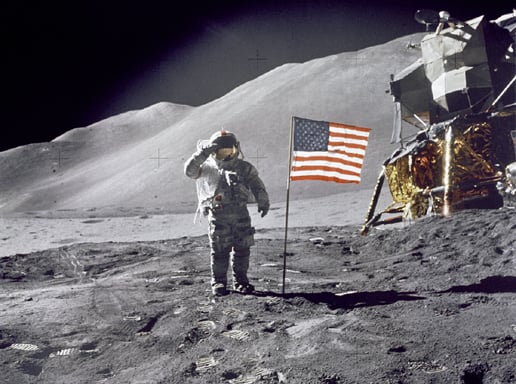
NOTABLE FLIGHTS:
APOLLO 7: Apollo 7 was first successful manned Apollo flight. It was also the first manned flight of the Saturn IB rocket. It took place October 11-22, 1968 and lasted for 10 days, 20 hours and 163 Earth orbits. The crew was: Walter M. Schirra Jr., Donn F. Eisele, and R. Walter Cunningham.
APOLLO 11:
"Houston, Tranquility base here. The eagle has landed."
- July 20th, 1969 [3]
This was the crowning achievement in the Apollo program as well as manned space flight in general. Apollo 11 was what the program was all about, and it was an unqualified success. This mission spent 59.5 hours in lunar orbit, with 30 orbits total. The Lunar Module (named "The Eagle") landed at the Sea of Tranquility on July 20th, and remained for 21.6 hours. During that time, the crew planted an American flag and unveiled a plaque with inscription:
"Here Men From Planet Earth First Set Foot Upon the Moon. July 1969 A.D. We Came In Peace For All Mankind." [4]
The crew consisted of: Neil A. Armstrong, Michael Collins, and Edwin E. (Buzz) Aldrin Jr..
APOLLO 13
"Houston, we have a problem..." [5]
Apollo 13 was the third lunar landing attempt, but it was almost the second fatal Apollo mission. This mission was aborted after an explosion 2 days after launch ruptured the service module oxygen tank. The explosion resulted in a loss of oxygen and electrical power. The crew only survived by making a "lifeboat" out of Lunar Module.
For the next 86 hours and 57 minutes, the astronauts utilized all of their training and worked in coordination with the ground-based team at Mission Control, struggling against the hostile environment of space. After more than three days, victory finally came when the orange-striped parachutes landed the spacecraft gently in the Pacific Ocean to be picked up by the recovery ship, the carrier Iwo Jima.
This mission was classed as a "successful failure." This meant that the objective of the mission was not obtained, but that the crew was successfully rescued.
Summary:
By the time of the last Apollo mission in 1972, six of the missions had successfully achieved Kennedy's goal. The six missions that landed on the Moon (Apollo 11, 12, 14, 15, 16, and 17) brought back voluminous scientific data as well as lunar samples (about 400 kg). They conducted soil, seismic and heat flow experiments, and studied the lunar magnetic field and effects of solar wind.
No other space program has ever been as successful or far reaching as Apollo.

